August 27 - September 2, 2017: Issue 327
Australasian Figbird at Careel Bay
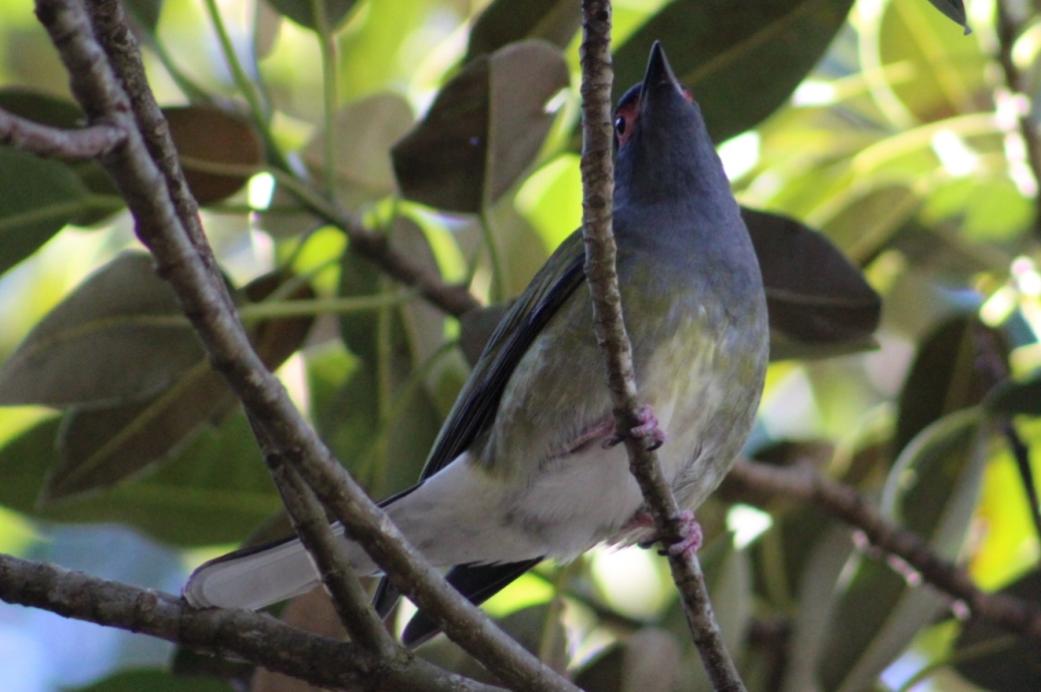
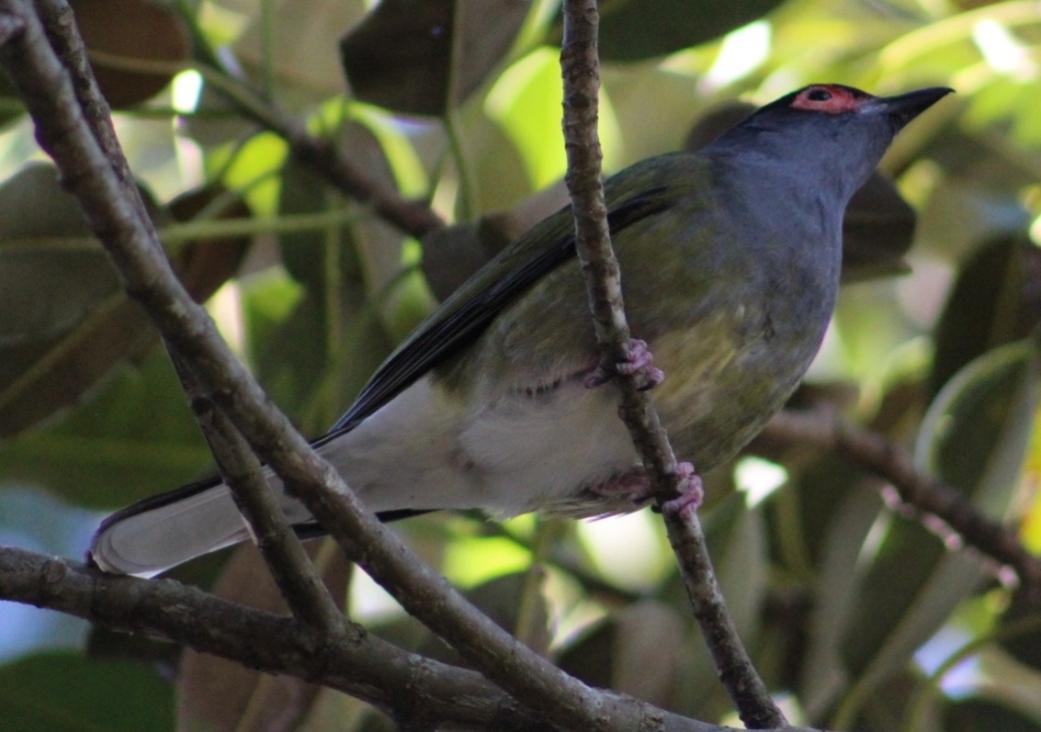
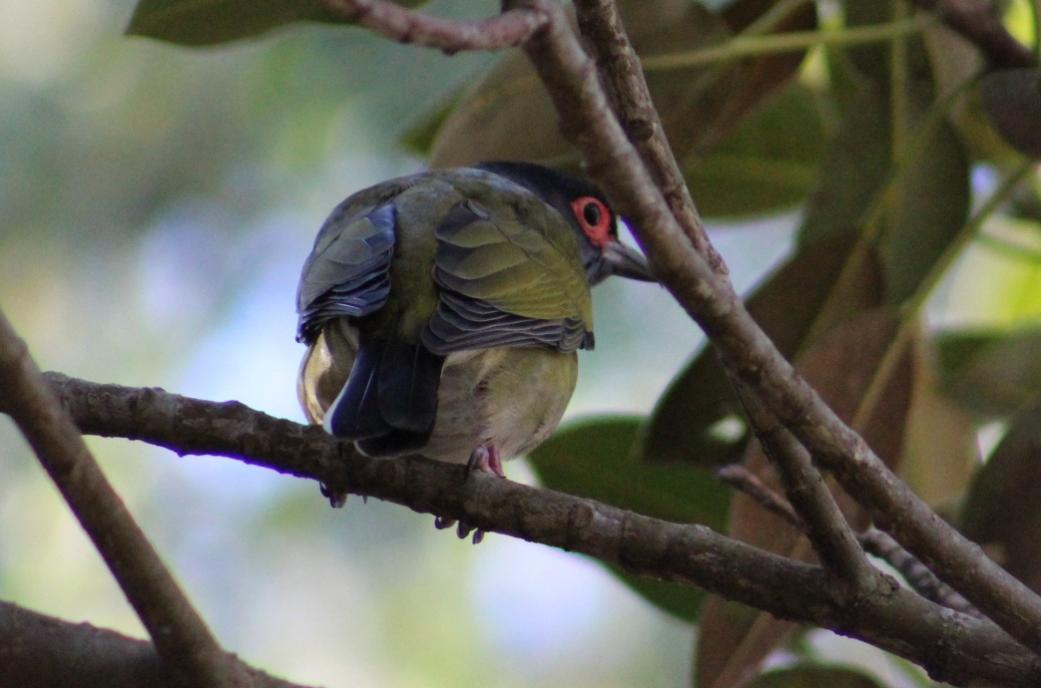
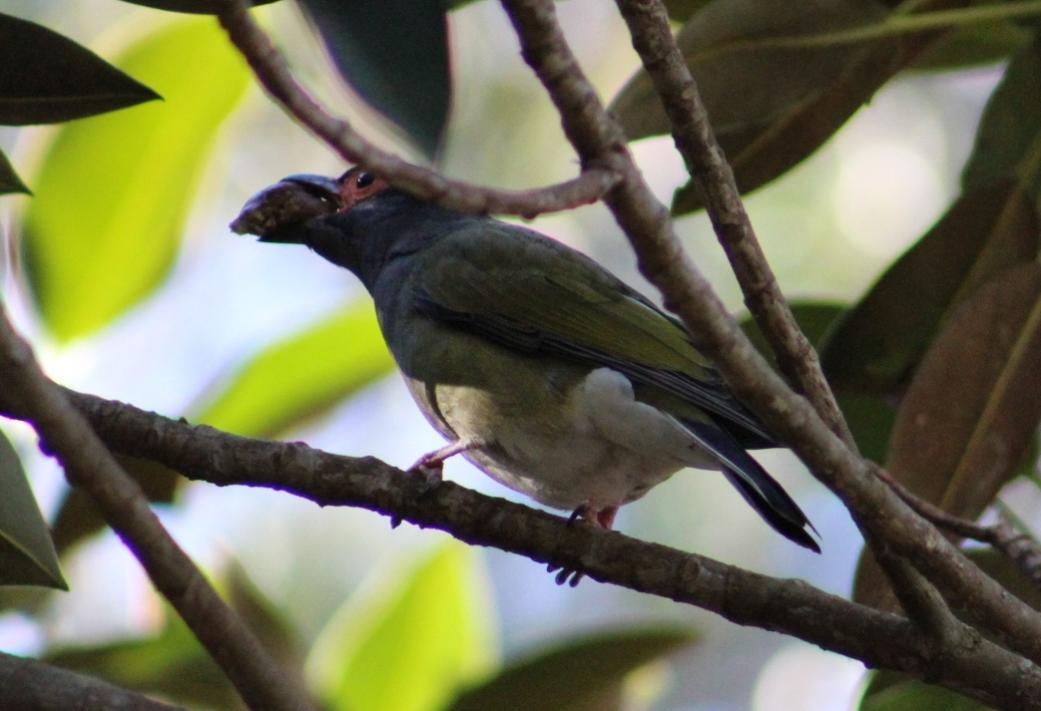
Australasian Figbird Sphecotheres vieilloti – Careel Bay on Saturday!
Both male and female present, although the female was hard to get, she wouldn’t emerge from among gum tree leaves. Visitors to the park stood listening with the photographer as they called to each other from two trees.
The Australasian figbird (Sphecotheres vieilloti) is a conspicuous, medium-sized passerine bird native to a wide range of wooded habitats in northern and eastern Australia, southern New Guinea, and the Kai Islands. This one S. v. vieilloti – Vigors & Horsfield, 1827: Found in eastern Australia
As suggested by their name, Australasian figbirds are largely frugivorous, but also take small insects, nectar and small seeds. While largely a resident species (although the southern population may be migratory), it is nomadic in response to the availability of food.
Unlike most orioles, Australasian figbirds are gregarious, often forming flocks of 20 to 40 birds during the non-breeding season, and even breeding in small, loose colonies. The flimsy saucer-shaped nest is made from plant-material, and usually placed relatively high in a tree. The clutch of two to four eggs is incubated by both sexes, and typically hatches after 16–17 days. It has been recorded nesting near the aggressive spangled drongo and helmeted friarbird, possibly gaining an advantage as they keep potential nest-predators away. Australasian figbirds sometimes fall victim to nest parasitism by Pacific koels.
Formerly, the Australasian figbird was considered as a subspecies of the green figbird and referred to as simply the figbird, a name still commonly used in Australia, where the Australasian figbird is the only figbird present. The Australasian figbird was split from the green figbird primarily based on differences in measurements and plumage, and on biogeography. Additionally, the Australasian figbird has sometimes been split into two separate species, the more northern, yellow figbird (S. flaviventris) and the green or southern figbird (S. vieilloti), but the two intergrade widely where they come into contact, supporting the view that they are part of a single biological species.
Females are drab-coloured, being dull brownish above, and white below with strong dark streaking. They have greyish facial skin, and a greyish-black bill. Juveniles resemble females, but the streaking below is typically not as strong.
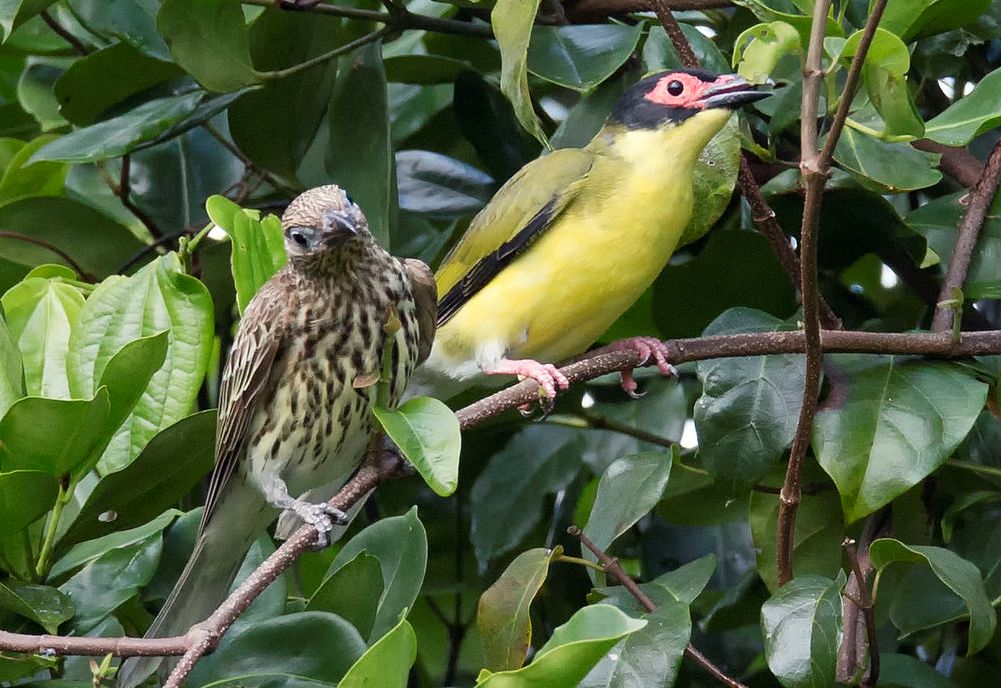
Yellow figbird (S. v. flaviventris) – Gould, 1850: Originally described as a separate species. Alternatively named the Northern figbird. Found in north-eastern Australia and Torres Strait Islands - A pair of Australasian Figbirds in Bellenden Ker Range, Far North Queensland, Queensland, Australia. photo courtesy Jim Bendon